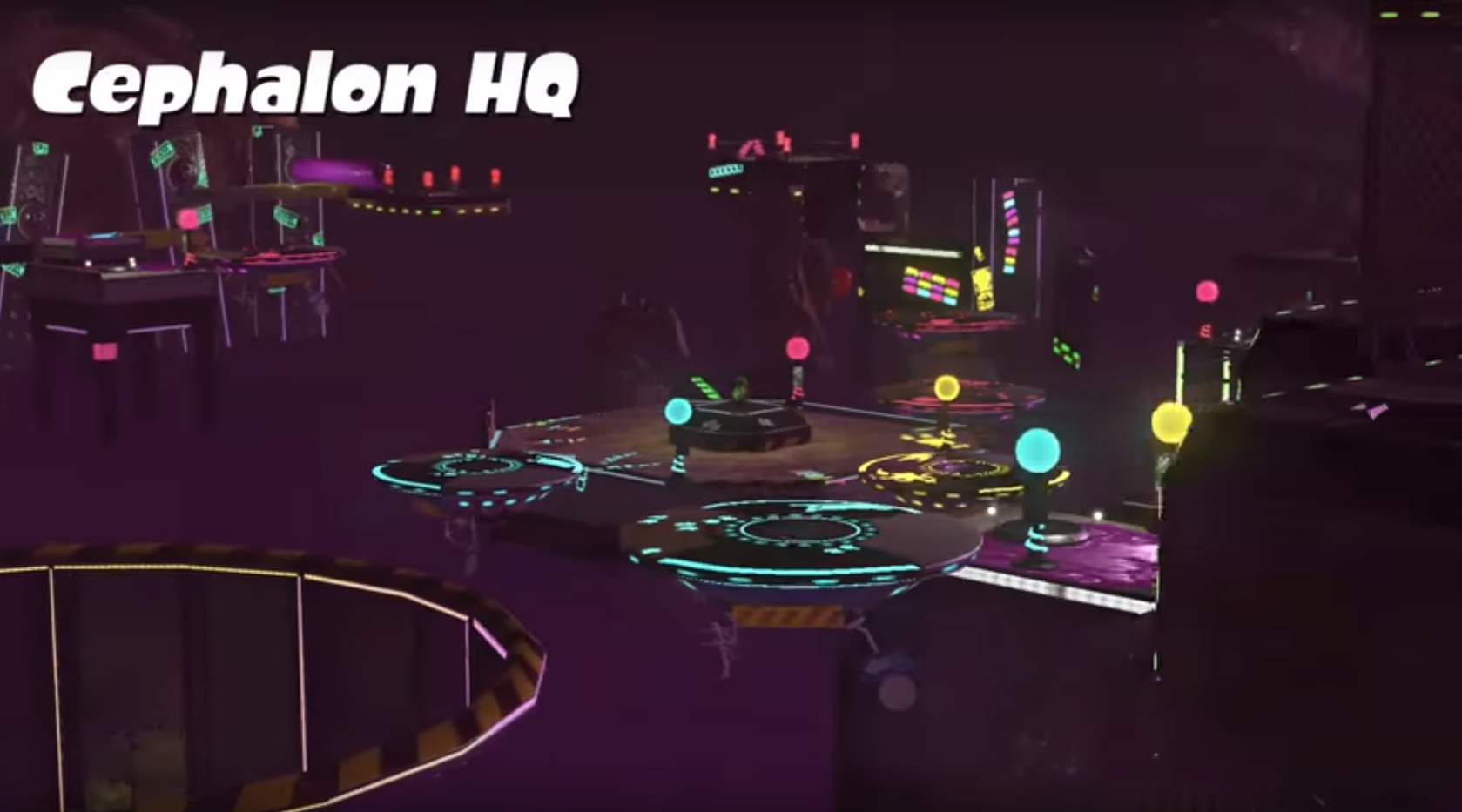- Joined
- Feb 3, 2016
- Messages
- 2,017
Blargh. So much to spew out of my head.
Sorry for the disjointedness...
If you go through the Salmon Run job manual, they make mention of them having contact with the Octarians and even receiving a bit of tech from them.
So then the samurai dude and the octolings all have mini-soul-like forms that appear when being splatted. I guess this implies that all others are just "sentient tentacles" then? But that couldn't be the case as all the images representing Octarians have just been tentacles, right? Where does that put the humanoid types then?!
If vanishing ink only applies to inklings, then that could explain all the purple/Octarian ink in sector five as well as some stages and boss fights in the first game. ...which... can put Marie's mentioning that octo-ink stinks into an interesting light. o_O
Also, if taking the path of vanishing ink being a part of an inkling's biology like bacteria in a human stomach, what does that mean for an inkling that has trouble producing ink due to old age, disease, or what-have-you? Do the microbes eat more internal ink than the body can produce or do they die from starvation or something else happens? Granted that's if we're assuming the invisible ink microbes thrive inside an inkling's body.
So then the samurai dude and the octolings all have mini-soul-like forms that appear when being splatted. I guess this implies that all others are just "sentient tentacles" then? But that couldn't be the case as all the images representing Octarians have just been tentacles, right? Where does that put the humanoid types then?!
If vanishing ink only applies to inklings, then that could explain all the purple/Octarian ink in sector five as well as some stages and boss fights in the first game. ...which... can put Marie's mentioning that octo-ink stinks into an interesting light. o_O
Also, if taking the path of vanishing ink being a part of an inkling's biology like bacteria in a human stomach, what does that mean for an inkling that has trouble producing ink due to old age, disease, or what-have-you? Do the microbes eat more internal ink than the body can produce or do they die from starvation or something else happens? Granted that's if we're assuming the invisible ink microbes thrive inside an inkling's body.
Sorry for the disjointedness...

